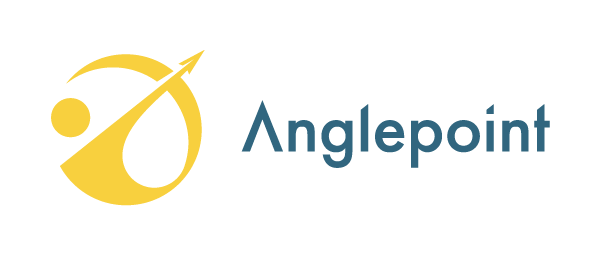The change to ITAM being a result orientated internal service provider can be a challenging one. To execute and drive your ITAM program plan effectively will require a shared stakeholder vision, with departments such as vendor management and procurement acting in partnership with ITAM. Buy in across your organization and should utilize your existing relationships and resources, augmented with a framework from your selected partner to ensure the definition of value is consistent and met.
When working with our clients, we’ve found that stakeholder management is often one of the largest challenges they have. Growing internal support and resources based on the value they will bring to executives, procurement, security, or vendor management takes a lot of listening and time built on solid relationships. In our experience, it’s best to see yourself as an internal service provider and treat these groups as customers whose requirements you are selling value to and gathering, then creating the service that will deliver value to them. This is a club we want people to want to be a part of.
Developing a collaborative governance or target operating model for trustworthy data, lifecycle management, and optimization will be key to ensure this buy in. Your model should align to ISO standards and will allow all stake holders to realize results through collaborative support around deliverable dependencies and practical needs for an ongoing sustainable program.
Your operating model should take all service management requirements into account, starting with the defined outcomes, then creating dependency building blocks of processes, policy and governance to deliver on KPIs and SLAs (again agreed by all). The process for communication and reporting must be agreed upon and documented along with time frames and resource management. Finally, deliverables and task co-ordination must be outlined and assigned, taking care to include all business areas involved.
Data Management will also play an integral part in ensuring buy-in, providing stakeholders with a clear understanding of how data will be obtained and how integrated is vital. Benchmarking the stakeholder defined outcomes, then working backwards to create the underlying inputs and data points is how we can meet their needs. Having reports that nobody trusts, or are openly challenged, is a very quick way to lose confidence and buy in.
There may well be a collection process required to ensure the collection of specific metric data points. This data should be consolidated, and the agreed outputs should be aligned to stakeholder requirements.
Whilst getting the governance or target operating model clearly defined will require input from across the business, the end result will provide documented and defined processes, policies, and KPIs with a clear view of required stakeholder reporting and a plan to deliver. Also, there will often be targeted pieces of short-term work that can be prioritized to drive value, such as a renewal calendar or vendor risk profile to engage in focused optimization and/or negotiation activities, or they may have a specific ask around an area such as end of life hardware or software.
In some organizations, a business case may be required to further solidify the need for an ITAM program. A good first step to creating a solid business case is asking executives their goals, and how ITAM can be a tool to help achieve them.
You should consider including the following aspects in your business case for ITAM to align with business strategies:
First, Risk mitigation and cost optimization – Meaning optimizing spend to manage software and cloud costs in a proactive and structured way, including managing increased vendor costs and increased audit activity
Getting proactive with commercial management will only deliver results when a combined picture of strategy, portfolio, and benchmarked value is in place. This also requires accurate and trustworthy data and processes to deliver well-negotiated contracts through a focused timeline and series of activities. It is important to note here that while negotiating vendors down will deliver some level of cost savings, Gartner outlined in the 2022 Critical Capabilities for SAM Managed services that “Through 2025, organizations will save more money using proactive SAM than negotiating lower prices with software and cloud providers.”
The second aspect to consider is getting the right information to the right people at the right time to drive Sustainable Lifecycle Management: – or having enterprise data management to drive business value decision making.
A single view of the right information is needed to manage spend and to drive value can include a combination of intelligence reporting, and process/policy implementation. Stakeholders can then work more efficiently and be empowered to make decisions in their de-centralized team or department, driving value measurement vs spend to the business unit owner.
And the third aspect is Automation for request, fulfilment through marketplaces – Only by providing an outstanding internal service will people engage proactively. This will drive user efficiency and satisfaction.
This ensures that costs are managed throughout the lifecycle process and avoids unnecessary spend of software and cloud throughout its lifecycle and must include validating user request to reuse software already purchased and the management of software and cloud contracts to minimize renewal costs. The processes outlined in the Target Operating Model must be supported by accurate trustworthy data and skilled resources.
